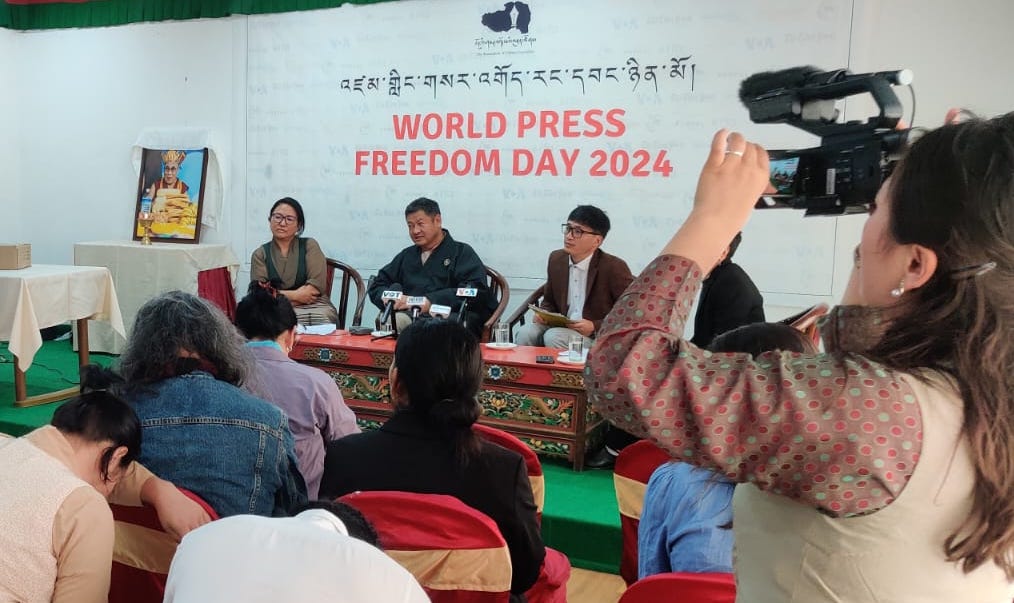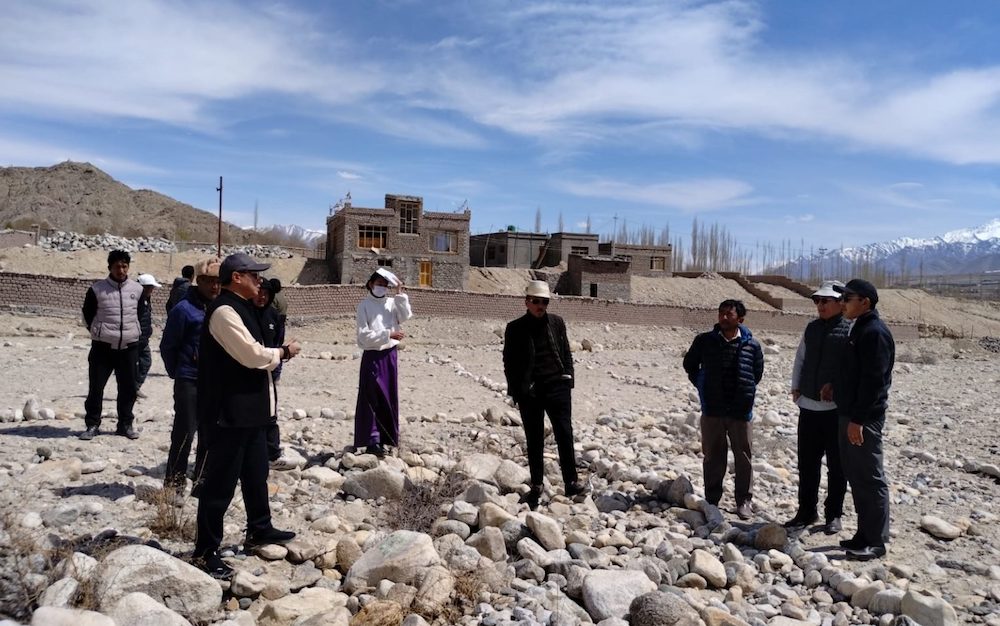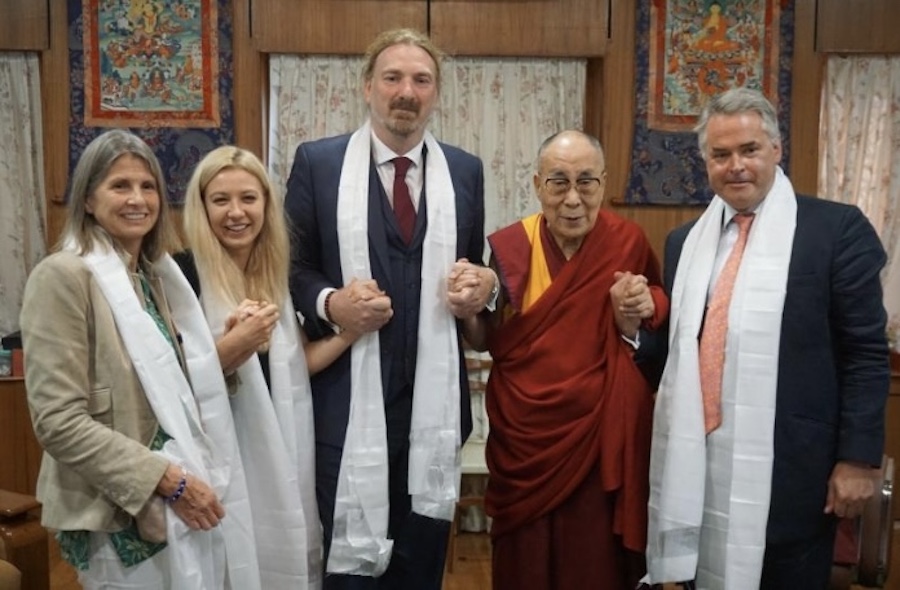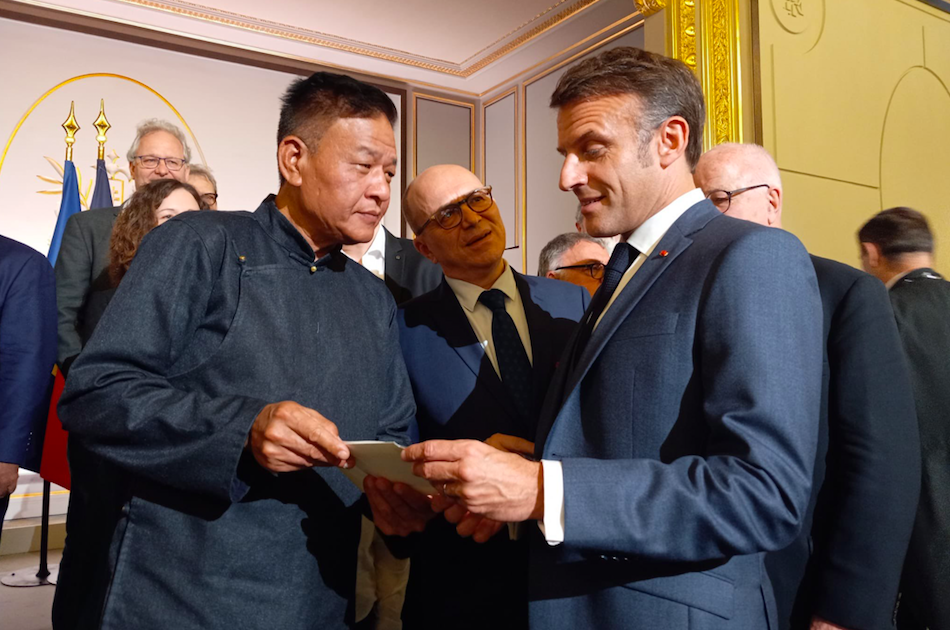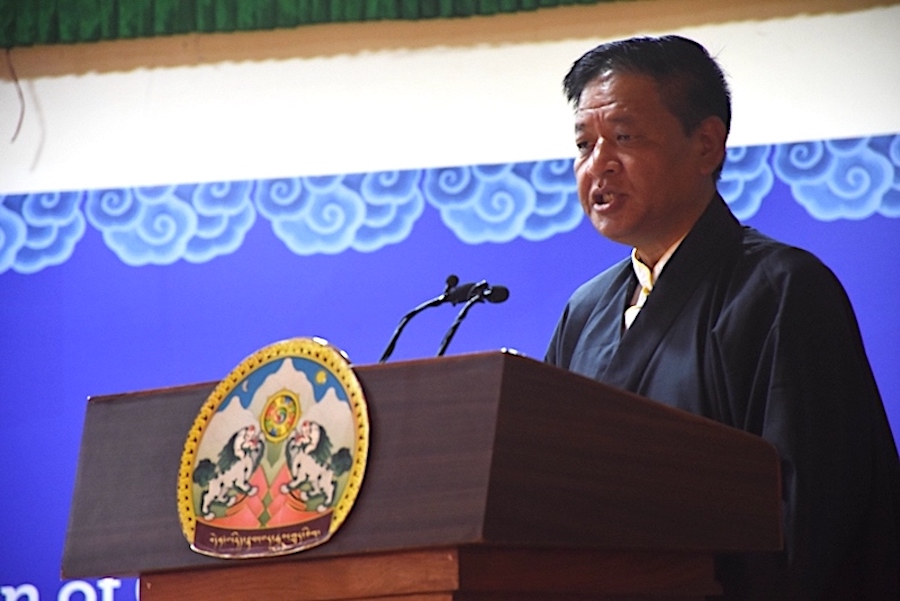By Kelsang Rinchen,
Phayul Reporter
As the Indian Prime Minister Atal Behari Vajpayee winds up his China tour today speculations about his remarks still have not stopped making rounds within the exile Tibetan community.
On June 23, the visiting Indian Prime Minister for the first time recognised Tibet Autonomous Region (TAR) as ‘part of the territory of People’s Republic of China’. This, however, had a mixed response from the exile community. Some believed India has sold Tibet to China for Sikkim, others said it is just on paper and will not have any effect practically to the Tibet case.
Meanwhile, the exile Tibetan government based in Dharamsala has welcomed the joint declaration signed by China and India. Talking to BBC, Prof. Samdhong Rinpoche said that Tibet issue is the key to achieve a sustainable good relation between the two countries.
“As much China and India become closer, that much it will help to resolve Tibet issue,” he added.
After the invasion and subsequent occupation of Tibet in 1959, Tibet Autonomous Region (TAR, 1.5million Sq.kms), which is about a half the size of actual Tibet (2.5 million Sq.kms), was formally constituted in 1965 by the Communist China. And so far, the Tibetan government in exile has not recognised or accepted the formation of TAR which is referred to as ‘so called the TAR’ in exile government’s publications. This is because the TAR, now one of the six autonomous regions under China, does not include the other Tibetan inhabited areas like Amdo (Chinese: Qinghai), and other Kham areas of actual Tibet. This is also the first time for India to explicitly recognise TAR, and thus providing the legitimacy to the fragmentation of Tibet under the communist Chinese occupation.
The Indian Foreign Ministry has released a list of references to Tibet in India China documents, which point out that from 1954 to the current visit, words used in the press communiqués have undergone a lot of change.
It was ‘Tibet Region of China’ in 1954. Four years later, government of India recognised the ‘Tibetan Region as part of the People’s Republic of China’. Three decades later, Indian side ‘reiterated the longstanding and consistent policy that Tibet is an autonomous region of China’.
In 1991, India was firm on its position that Tibet is an ‘autonomous region of China’.
And on June 23, major jumble in the diplomatic words was seen. The joint declaration, the first of its kind, has it that the Indian side recognises ‘the Tibet Autonomous Region as part of the territory of the People’s Republic of China’.
A huge difference in the meaning of the statements is apparent. Tibet as an autonomous region of China and Tibet Autonomous Region as a part of China are totally different because for China and the exile Tibetan government, the two are starkly different though they seemed to have appeared similar to India’s eyes.
One can see the change in the words used to express Indian stand on Tibet. But whether the change in the use of words is of any indication of the actual Indian position on Tibet is a question India needs to answer.
China’s Tibet Autonomous Region, which now is recognised by India as China’s territory, includes many areas of Arunachal Pradesh. The map of TAR published by China clearly demarcates some areas of Arunachal from India. Tibet Autonomous Region has a clearly defined boundary within the map of People’s Republic of China as any Indian state has within India.
Mr. Vajpayee sure must have an idea of how TAR’s boundaries have been defined according to the declaration he just signed. If it is the TAR which China defines then there is nothing wrong in saying that Mr. Vajpayee has agreed to Chinese claim of Arunachal being a Chinese territory. If it is not so, then Mr. Vajpayee should be ready with his answer to the questions he is sure to face in the Indian parliament.
Will Mr. Vajpayee be able to convince his exile Tibetan guests and their government to accept and recognise the Tibet Autonomous Region is a question of utmost importance if his mission to befriend China is really of any practical value.
China credited Vajpayee, who visited China as foreign minister in 1979, for defreezing the relationship between the tow sides. As put by Yashwant Sinha, the Indian foreign minister, this visit has marked a new era in the relationship between the two Asian giants. But whether this visit will gear the Tibet issue towards a meaningful negotiation with the Chinese government as aspired by the exile Tibetan government depends on how it succeeds in convincing China of its clear intentions for a genuine autonomy within the framework of China.
And with the Tibetan delegation headed by Lodi G Gyari having just returned after what according to Mr. Gyari was a fruitful visit, the Tibetan government remains hopeful and optimistic.
Kelsang Rinchen can be contacted at kalsangr@yahoo.com.





